How to make Almond Butter - 5 minute recipe

The prices for almond butter significantly increased again - especially 250g portions have become more expensive. If you have a high-speed blender at home, this does not have to bother you - you can make your own almond butter. This is not only interesting in terms of price, but also in terms of taste: fresh almond paste is simply delicious - as a spread, e. G. in combination with a little honey, as a fruit dip for apples and pears, to refine desserts and mueslis - or simply spooned. In addition, almond butter scores with a lot of magnesium (good against stress!), vegetable protein (good for vegetarians and vegans!) as well as lots of B vitamins (good for the nerves!).
Almond Butter Recipe as a PDF file
Yes, I would like to subscribe to the newsletter and receive the Almond Butter Recipe as a printable PDF file for free.
Please send me e-mails, according to the privacy policy, on a regular basis. The Newsletter contains information about kitchen appliances, utensils, recipes and preparation tips, this is revocable at any time. .
Almond butter recipe for the blender
Contrary to many DIY almond butter instructions on the internet, preparing it with a high-speed blender (in this case, the Bianco Primo Plus) requires no other additions like water or oil. Our trick: Roast the almonds in the oven before blending.
Roasting the nuts ensures that the nut's own oil is released during the following processing in the blender.
The nuts quickly reach a creamy, smooth consistency - absolutely comparable to store-bought almond butter. In addition, the roasted flavors go well with the almond butter. We deliberately decided against the raw version - for culinary reasons, we didn't get good almond butter results with raw nuts in the blender - certainly not without adding extra oil! This definitely is a compromise, as nutrients are lost when the almonds are roasted.
Almond paste
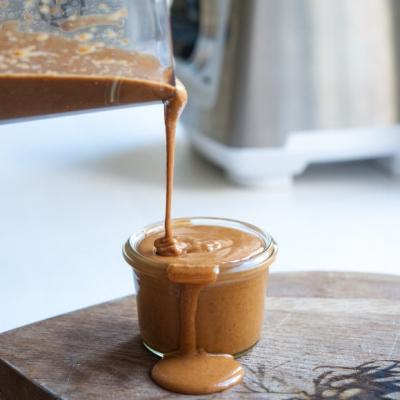
Ingredients
- 500 g almonds (unpeeled) We recommend that you do not process more than 500 g almonds. More almonds can only be process into almond flour.
- 1 pinch of salt
- 1 pinch of cinnamon
Instruction
-
Preheat the oven to 150 degrees at top/bottom heat for about 5 minutes. Spread the almonds on a baking sheet and roast for about 5-7 minutes. Since every oven is different, we recommend that you keep checking the almonds, as they can burn quite quickly. The creaminess of the almond paste is related to the roasting time. If almonds are roasted too long, too much oil evaporates and the almond paste no longer has the liquid-creamy consistency (as in the pictures in this post), but rather resembles a solid spread. Now remove the tray from the oven and let the almonds cool down a bit.
-
Below you will find the blending times and the resting times for the blender between the individual blending runs. Please observe these, otherwise the mixture will heat up too much and may damage the container.
-
We are often asked whether you can prepare almond paste in the Bianco Primo, we therefore show the preparation in this high-speed blender. We put all the almonds and a pinch of salt and cinnamon in the container and puree the nuts on the lowest speed level for about 1 minute until a nut flour is formed. Pause and use the tamper to push the nut mixture down from the inside walls of the container.
-
In the next blending run, start at lowest speed for about 30 seconds and slowly turn up to maximum - continue blending for about 1.5 minutes. The almond flour will now change to a mushy mass as the oil begins to escape. If necessary, press the nut mass down with the tamper while blending (with the lid closed, of course). Again, take a short break for about 30 seconds.
-
Repeat the previous blending step under point 3. After another 2 minutes of blending, you will have a silky smooth nut puree. The entire preparation takes about 5 minutes.
-
Afterwards, it is best to fill the almond puree into sterilized canning jars. This way it will keep for weeks. To do this, rinse the jar and lid with boiling water and then dry upside down on a clean kitchen towel.
Conclusion: Better make your own almond butter!
A high-speed blender is already an ingenious kitchen appliance. In the past, we would not have thought that we could make delicious almond butter ourselves. Therefore, our clear recommendation, if you have a high-speed blender at home: Instead of buying almond butter, prepare your own - it's cheaper and you know what's in it. Feel free to try the almond paste recipe with other nuts such as hazelnuts or cashews - or prepare nut butter mixtures or even chocolate variants. But even with other nuts, it is important that they are roasted before processing!

Almond Butter Recipe as a PDF file
Yes, I would like to subscribe to the newsletter and receive the Almond Butter Recipe as a printable PDF file for free.
Please send me e-mails, according to the privacy policy, on a regular basis. The Newsletter contains information about kitchen appliances, utensils, recipes and preparation tips, this is revocable at any time. .
Have you ever made your own almond paste in a blender?
We appreciate your Feedback here!



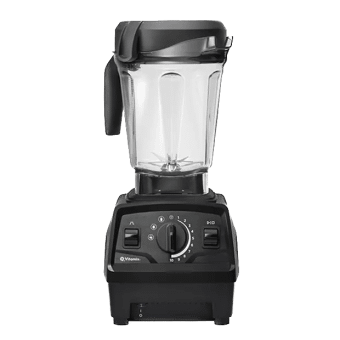





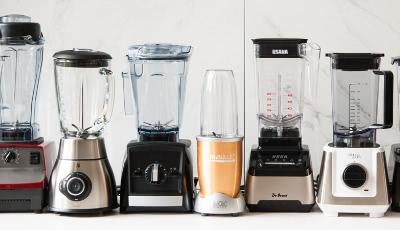
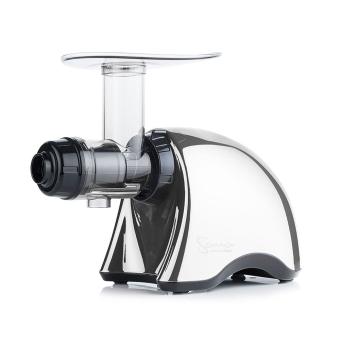






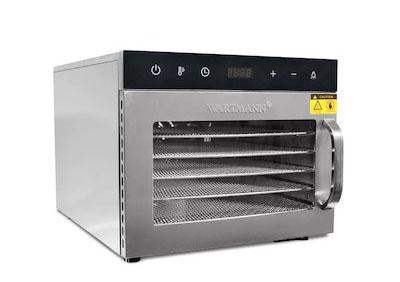
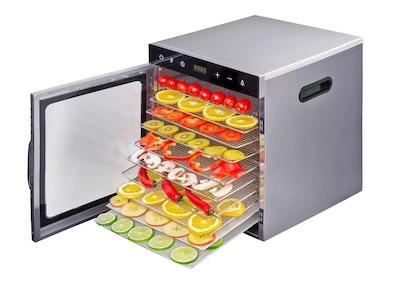
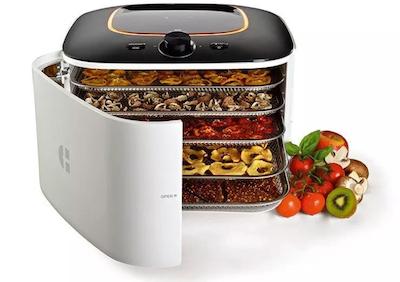
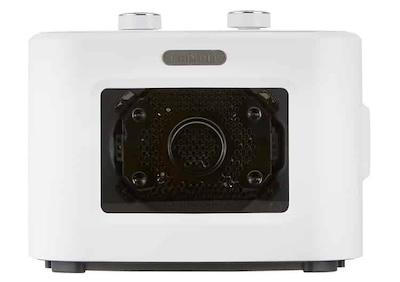
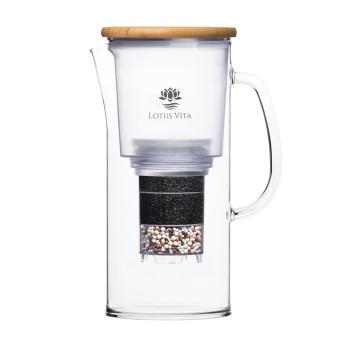
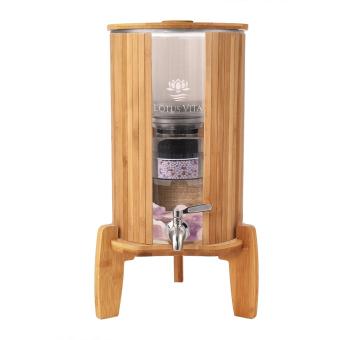
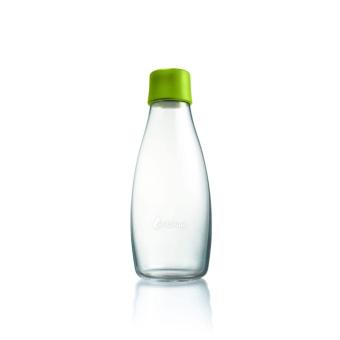

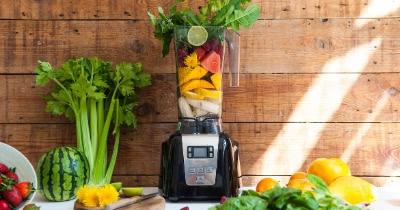
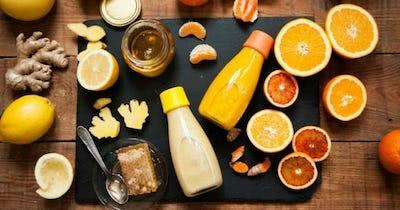


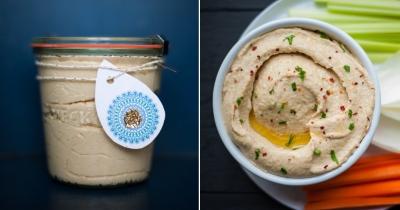
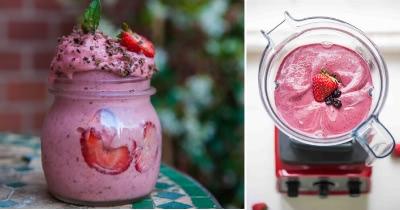
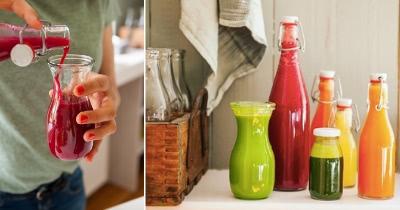
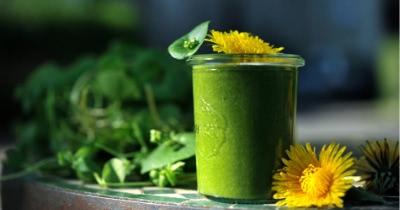

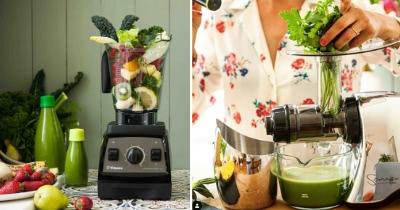





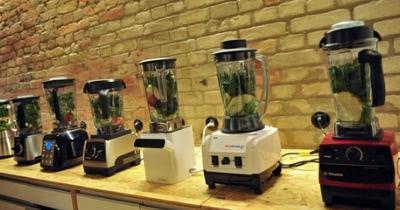


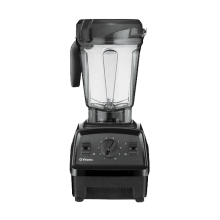

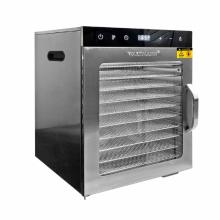

Add comment
206 | Comment(s)
I made the almond butter using your recipe in the Monsieur Cuisine, and I have to say, it turned out AMAZING. I blended the warm almonds in short, quick intervals with breaks in between. It's very smooth but has tiny, tiny bits that make the whole mouthfeel even better – at least that's what I think. Once the butter cooled down, I did a direct comparison with a well-known brand from the store... And we definitely won with the delicious homemade butter.
thank you so much for your comment. We're really glad to hear that the almond butter turned out so well for you. Keep it up!
Best regards,
Carla
thank you for your comment and your question. I have never made a walnuts butter before - only from hazelnuts, which I used in a 1:1 ratio just like the almonds in the almond butter recipe. So, go ahead and give it a try exactly like that, and please let us know if it worked out.
Warm regards,
Carla
thank you for your questions.
If you fill the almond butter into sterilized canning jars after preparation, it will last for weeks. To do this, rinse the canning jar along with the lid with boiling water and then let it dry upside down on a clean kitchen towel.
We use unpeeled almonds for making almond butter.
To peel almonds, it's best to soak them in water overnight. Afterwards, the skin can be easily removed. If you want to use these peeled almonds for making almond butter, you would need to dry them again in the oven or a food dehydrator. Unfortunately, I cannot provide specific instructions on this because - as mentioned above - we use unpeeled almonds.
Best regards,
Carla
thank you for your comment. If you want to make almond butter with a blender without additional oil, it is very important to briefly roast the almonds beforehand so that the almond's own oil can be released during the blending process. Did you do this? It is also important, as described in our manual, to take breaks in between blending to protect the motor from overheating. I'm not sure if it will work with a Lidl blender or a Moulinex blender.
If your main focus is on making almond butter and you do not need the main preparation options of a blender (smoothies, soups, purees, etc.), a food processor might be a better choice for you. It is designed to process ingredients without additional fluids.
Best regards,
Carla
thank you for your feedback! How wonderful that you finally succeeded with the almond butter. Once you get the hang of it, it's just great, isn't it? Depending on the blender, almonds, and oven strength, it can sometimes be a bit of an experiment...
Best regards,
Carla
Can almond pulp be used to make almond butter, and if so, how? Unfortunately, it didn't turn into butter for me, but rather a mealy, damp mass that got stuck at the bottom of the blender container and didn't turn into butter.
Thank you for your question. Unfortunately, that doesn't work. You could only dry the almond pulp and use it for baking.
Best regards,
Carla
thank you for your comment. That doesn't sound good at all. Which blender are you using?
Unfortunately, I can't offer any advice or experience because I have only made almond butter with roasted almonds, as described in the post above.
Best regards,
Carla
I have tried it mainly with hazelnuts and tried to roast them both in the oven and in the pan. But it never works
thank you very much for your feedback.
Unfortunately, I can't give you THE tip for making nut puree. I have also tried a bit with my Vitamix TNC 5200 until it worked well for me.
Kind regards,
Carla
I just don't get it, in all the videos it always looks so easy.
thank you very much for your comment. Important in the almond butter production is the roasting of the almonds - not too short and not too long. Of course, this also depends on the quality of the almonds and the oven. Therefore, it can be that you experiment a bit until the almond butter succeeds.
Which blender are you using?
Love,
Carla
Did work out in the end with a little more cooling time in between.
Great recipe!
Best regards
Holger
super - I am very pleased!!!
Much joy and pleasure with your homemade almond butter!
Carla
Does the recipe also work with the Thermomix?
It seems he comes there to its limits, becomes very warm.
Regards,
Holger
I' m afraid I can't tell you - I've only ever made almond butter with a high-speed blender.
Kind regards,
Carla
the temperature specification is 150 degrees - so not Fahrenheit.
Kind regards,
Carla
Dear thanks and a nice Sunday
☀️Anja
You can use both containers to make almond butter. The difference lies in the minimum preparation quantity: With the premium container (the narrow one), you can make almond butter from a quantity of 400 ml. With the more compact, wider container, it starts at about 700 ml.
Kind regards,
Carla
That could of course also be another idea.
Making almond butter always involves a bit of adventurous experimentation - to put it positively :)
Good luck next time,
Carla
Thank you very much for your comment. That can happen - perhaps it's simply due to the quality of the almonds? It has actually happened to me as well. I just added some almond oil to the mixture to make the texture creamy.
Best regards,
Carla
Of course, that's not ideal. Normally, almond butter can be easily made with a high-speed blender - but it may require a bit of experimentation. Also, it's essential to roast the almonds beforehand. Roasting helps the nut's oil to release more easily. And as mentioned in the instructions, remember to take regular breaks.
Good luck!
Carla
Question: Is there any trick to getting the almond butter out of the blender without too much loss? Should I add some oil or water after the initial removal?
Best regards, Petra
that sounds delicious!
Warm regards,
Carla
Thank you for your question. The best way to do that is with a kitchen scraper. But your ideas sound good too - just give it a try.
Best regards,
Carla
Best regards and thank you!
thank you very much for your comment.
Making almond butter can be a bit tricky - especially when trying to do it without adding oil in the blender. Sometimes it works super easily, and other times it doesn’t - that’s our personal experience, as well as what we've heard from the community.
It's definitely important to keep pushing the almonds down to the blades with the tamper while you're making the almond flour so that nothing settles on the walls of the container.
How many grams of almonds are you using? More than 500 g? That might be too much, actually.
Best regards,
Carla
Best regards, Jade
the flour tends to get wet relatively quickly and therefore spreads against the walls of the container. This might mean you need to stop the blender occasionally to help the almond mixture reach the blades. Have you tried increasing the blend speed slightly from the lowest setting? The almond mixture does get wet quite fast because the oil starts to seep out.
But as I mentioned: I've managed to make almond butter quite easily and quickly at times, and then at other times, I struggled and had to add some oil. It takes practice, and it has to be said that almond butter or nut butter isn't the main strength of high-speed blenders.
Best regards,
Carla
thank you again for the information! I actually managed to make it really creamy today! I was just too cautious before, which is why I always turned off the blender too early as soon as it got hot. Best wishes!
How wonderful! I'm really happy to hear that. Enjoy your meal!
Best wishes,
Carla
I have one more question about making almond butter:
Should I use a dry blade or a wet blade? Does either of them wear out faster?
Best regards,
Anika
Thank you for your question and your kind feedback!
We use the wet container or the respective standard container of the blender.
Best regards,
Carla